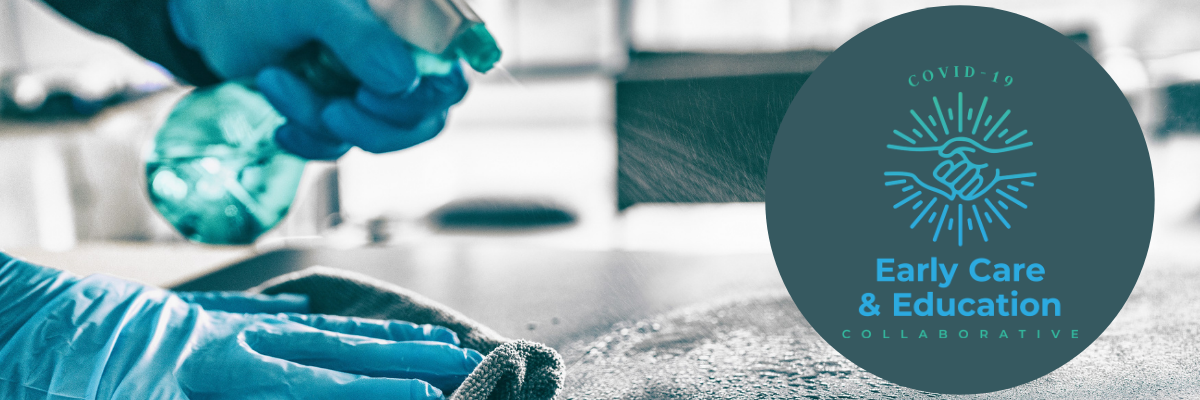Healthy Homes Guide to Cleaning and Disinfection
Reopening
Para la página en español, visite Reapertura.
As businesses and public facilities across the country reopen and resume operation, it remains crucial to practice safe cleaning and disinfection practices to reduce the risk of exposure and prevent the spread of illness. Continuing routine cleaning (and disinfection when necessary) coupled with maintaining a flexible plan will help you keep yourself, your household, and your community safe as businesses, services, and activities restart. In addition to the key considerations below and the guidance provided by the resources provided, it is important to continue to follow federal, state, tribal, territorial, and local guidance for reopening.
The recommendations provided here regarding cleaning and disinfection are only one aspect of preventing the spread of COVID-19 as the process of reopening continues and evolves. In addition to safely cleaning and disinfecting, it is critical to prevent the transmission of COVID-19 from spreading from person-to-person by avoiding close contact, practicing social distancing (by staying at least six feet apart from others who are not from your Household), and wearing a mask or face covering while in public spaces. These recommendations also do not include comprehensive guidance on precautions to take regarding hazards including legionella, mold, or lead and copper upon reentering buildings that have experienced prolonged closures or reduced operation. For more information on this, please see the Bonus Resource below and the Ventilation section of this guide.
Key considerations:
- Determine what kinds of surfaces and materials are in the area you are preparing to clean and disinfect – most surfaces will only require normal routine cleaning.
- If an area has been unoccupied with the last seven days, the area will only require routine cleaning.
- Maintain existing cleaning practices if an area is outdoors.
- Disinfection of surfaces and objects frequently touched by multiple people is important and necessary to reduce exposure. Examples of frequently touched surfaces include the following:
- Tables and chairs
- Doorknobs
- Light switches
- Cell phones
- Keyboards
- Copy machines
- Touch screens
- Countertops
- Handles
- Sinks
- Toilets
- Consider what items can be removed to reduce frequent handling or contact from multiple people. For example, soft and porous materials like carpet, rugs, or material in seating areas.
- Remember to remain flexible and check back to this guidance and provided links as federal, state, tribal, local guidance is updated and your specific needs change.
For cleaning and disinfection guidance specific to households or community settings please visit the Homes or Facilities pages within this guide.
Resources
Reopening Guidance for Cleaning and Disinfecting Public Spaces, Workplaces, Businesses, Schools, and Homes
As public spaces across the country America reopen, CDC’s web page provides guidance for the public to continue to protect themselves against the spread of COVID-19. This page will aid you in developing, implementing, maintaining, and revising your plan when deciding what to clean and disinfect. [url; CDC, 2020]
Guidance for Cleaning and Disinfecting: Public Spaces, Workplaces, Businesses, Schools, and Homes
This CDC web page is a decision tool that walks you through a series of flowchart questions that will help you determine and plan out what to clean and disinfect. It’s also available as a PDF. [url; CDC, 2020]
Bonus Resource:
Guidance for Reopening Buildings After Prolonged Shutdown or Reduced Open
In addition to these key considerations specific to cleaning and disinfecting as the process of Reopening continues to evolve, you may want to consider other precautions upon reentering buildings that have been closed for prolonged periods of time or have experienced reduced operation. This CDC resource outlines guidance for returning occupants to consider the three potential hazards of legionella, and mold, and lead and copper contamination prior to reopening a building after period of inactivity. [url; CDC, 2020]
